What Is Perspective: A Simple Guide to Depth and Space
For designers and artists, understanding perspective is essential. So, let's dive in and see exactly what perspective is.

In this article, you will learn:
What Is Perspective?
In visual arts like painting and photography, perspective is the technique of showing three-dimensional space on a flat surface. It copies how our eyes judge distance and depth to give a drawing or photo a realistic, three-dimensional feel.
Put simply, perspective makes a flat picture look like the real world, with things appearing closer or farther away.
So why does perspective happen? In theory, two parallel lines never meet. But when those lines stretch off into the distance, our eyes see them as converging.
Our eyes project a 3D world onto a flat, 2D view, and we can't see far-away objects as clearly as nearby ones. That's why a straight road seems to get narrower the farther it goes, even though its actual width stays the same.

Here are some basic perspective terms:
- Horizon Line: This is the horizontal line at the same height as your eyes. Any vanishing points for horizontal lines will sit on this line.
- Vanishing Point: When you look at lines that are parallel to your picture or camera plane, like railroad tracks, they seem to meet at a point in the distance. That point is the vanishing point.
- Station Point: The station point is your eye's position in 3D space — when it's close to an object, perspective is strong (near things look big and far things look small), and when it's farther away, perspective is weaker (the size difference between near and far is less).
Common Perspective Types
Leonardo da Vinci identified three kinds of perspective: linear perspective, atmospheric perspective, and disappearance perspective.
- Linear perspective shows objects shrinking as they move farther away.
- Atmospheric perspective means colors change with distance (they might get lighter, darker, or grayer).
- Disappearance perspective makes objects grow blurrier the farther they are.
1. Linear Perspective
Linear perspective is the most common way to show depth. You start by drawing a horizon line and placing one or more vanishing points on it.
Then you draw every line that's parallel to your picture plane so they all head toward the same vanishing point. This makes things closer look bigger and things farther away look smaller, just like in real life.
A classic example is The Last Supper.
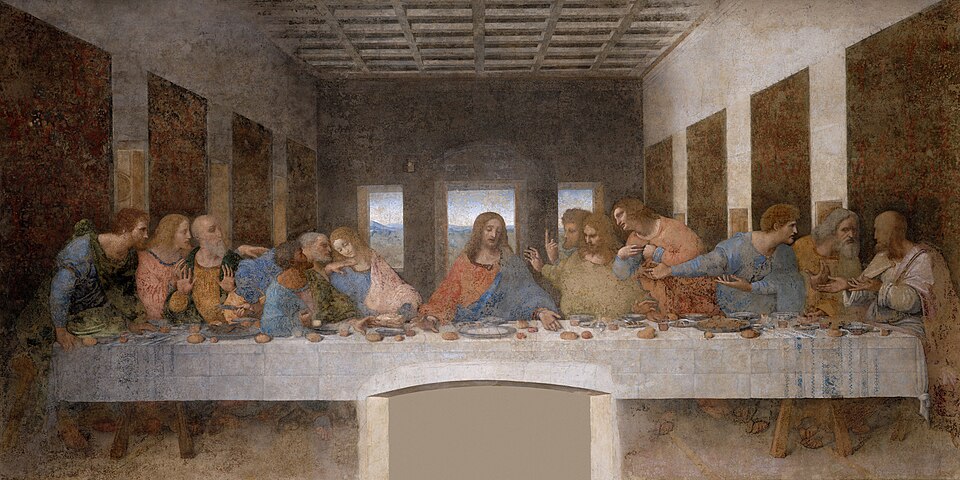
Depending on how many vanishing points you use, you get:
- One-Point Perspective
- Two-Point Perspective
- Three-Point Perspective
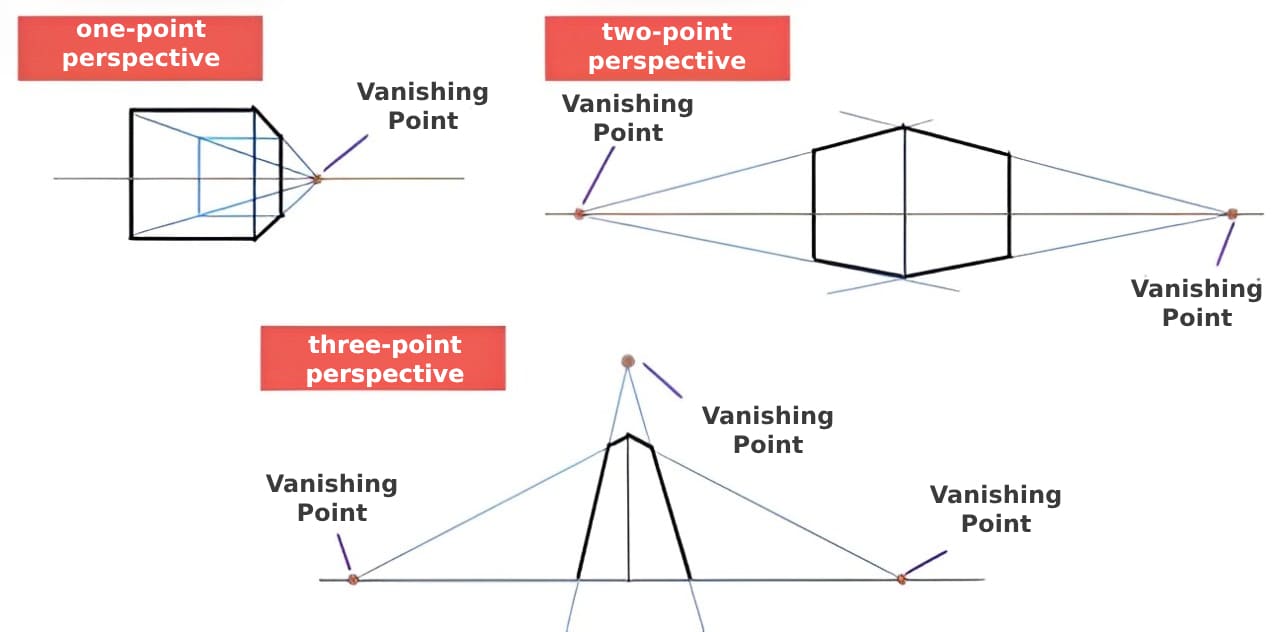
(1) One-Point Perspective
In one-point perspective, there's only one vanishing point on the horizon line. It's great for scenes that face you straight on, like a hallway or a road disappearing into the distance.
By combining one-point perspective with bold contrasts, you can create dramatic depth effects:
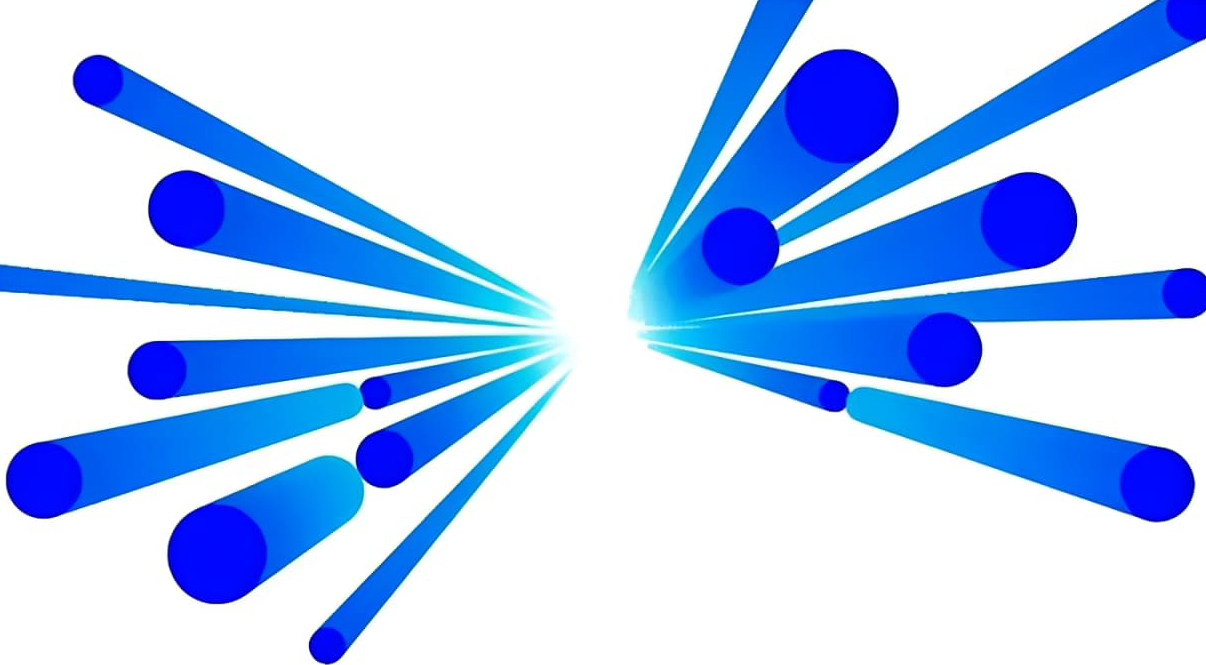
You'll also see one-point perspective a lot in graphic design:

(2) Two-Point Perspective
Two vanishing points sit on the horizon, one on the left and one on the right. Perfect for showing two sides of an object at once, like the corner of a building.
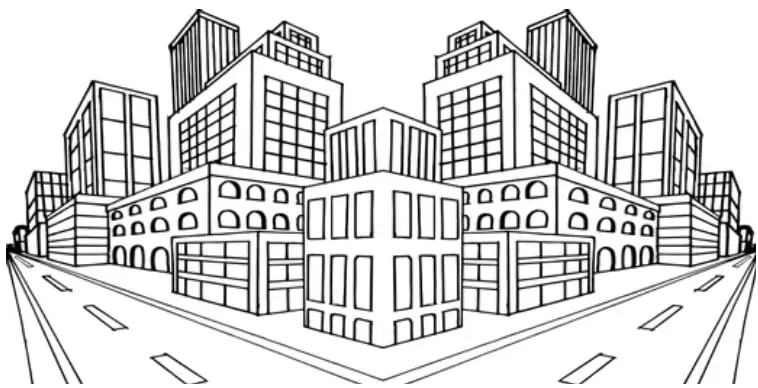
(3) Three-Point Perspective
Adds a third vanishing point above or below the horizon. Ideal for dramatic views — looking up at a skyscraper or down at a cityscape. It creates the strongest sense of depth.
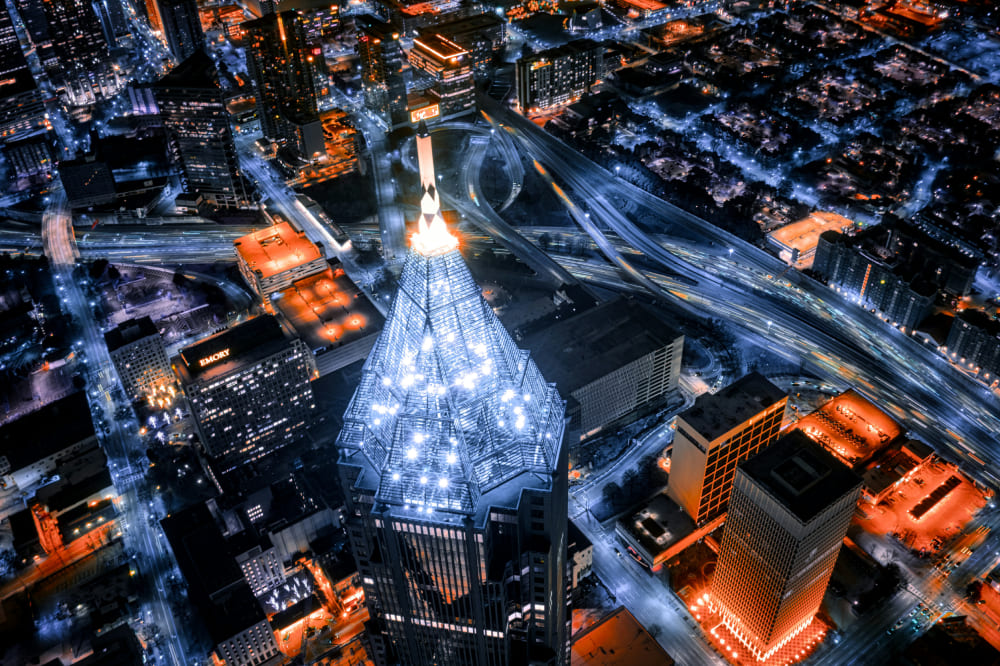
2. Atmospheric Perspective & Disappearance Perspective
To make depth really pop, you need more than just linear perspective. You also need atmospheric perspective and disappearance perspective.
That means things closer to the light source look brighter and sharper, while things farther away look darker and blurrier. For example, these circles all change size but still feel flat:
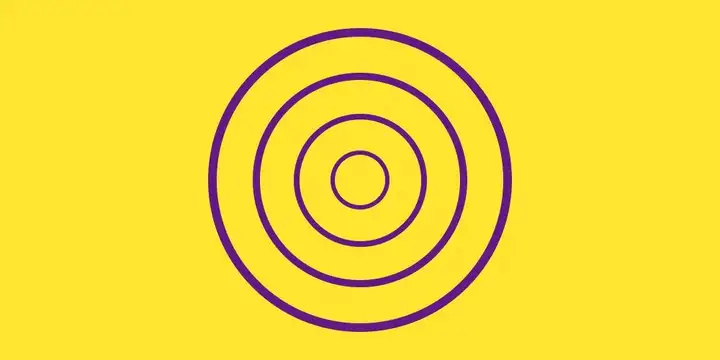
Now, if you make the outer circles gradually brighter and blurrier toward the center, you get real depth and space. Many artists use this trick for a strong sense of distance:
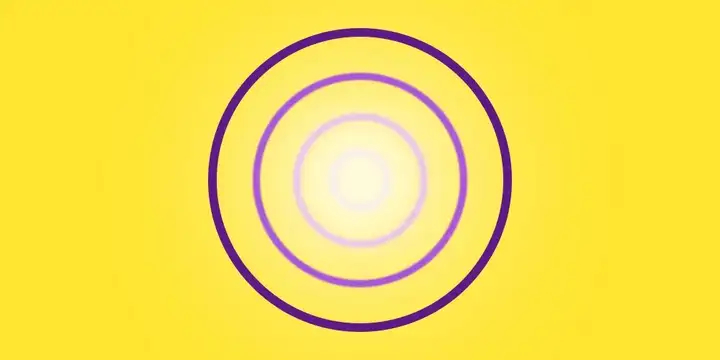
In fact, the most convincing depth effects come from combining linear perspective, atmospheric perspective, and disappearance perspective altogether.
Further Reading:
Atmospheric Perspective in Digital Art: What It Is and How to Use It
Conclusion
In this article, we've covered what perspective is and its main types. Of course, this is just the tip of the iceberg — yet for most design and art projects, mastering these basic perspective techniques is enough. We hope you found this helpful.
For digital artists, the sweetest moments come when inspiration strikes and you're fully focused. But constantly moving your hand between keyboard and mouse can break your flow and slow you down.
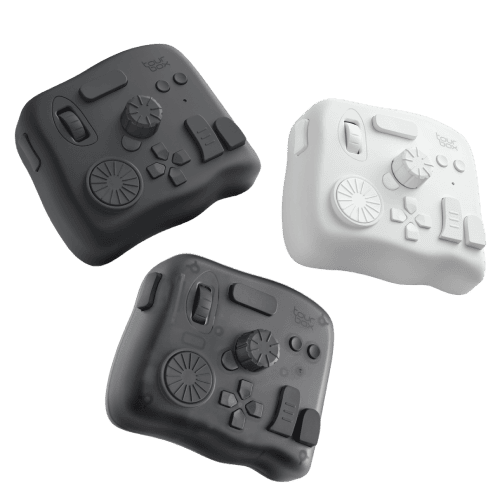
That's why we would like to introduce TourBox, a creative controller that puts all your key tools at your fingertips. With just one hand, you can switch tools, tweak brush settings, zoom your canvas, and more. No more glancing down to make sure you hit the right key.
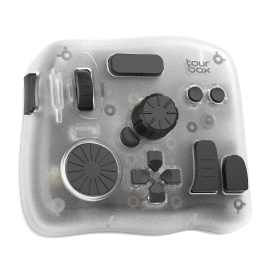
And TourBox isn't just a simple macro pad. Its unique algorithms give you flexible, creative control over your workflow. If you're curious, check it out!